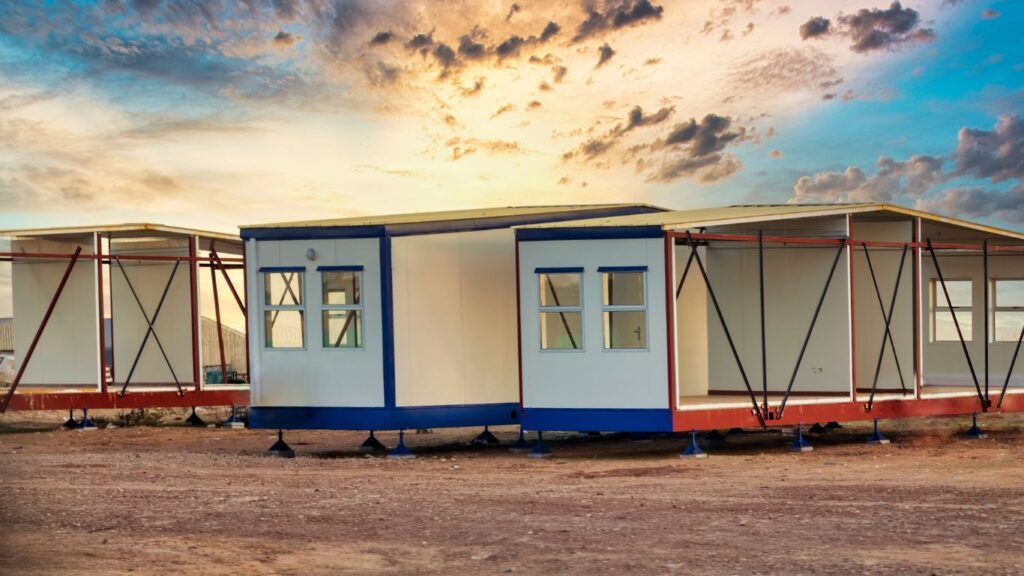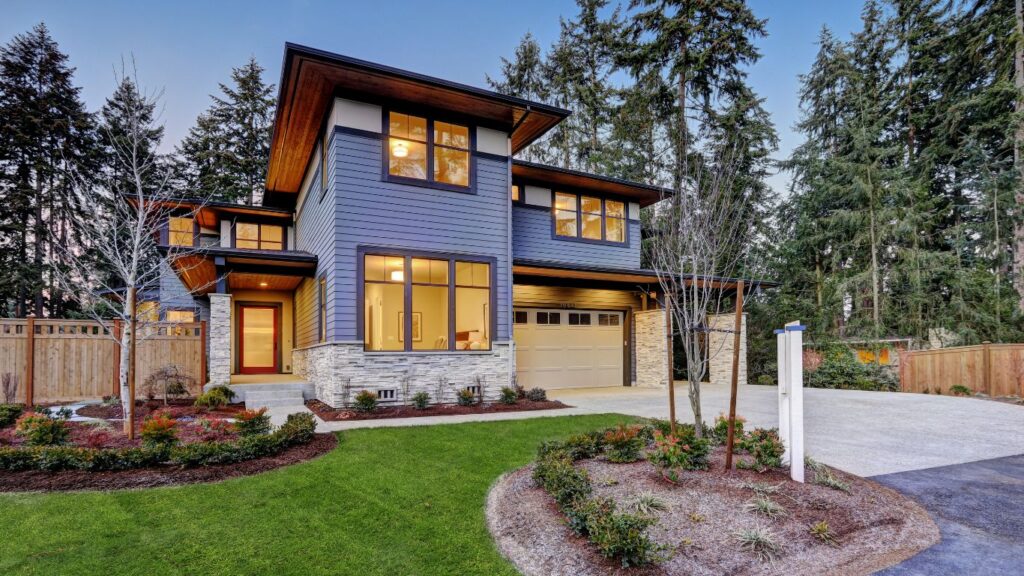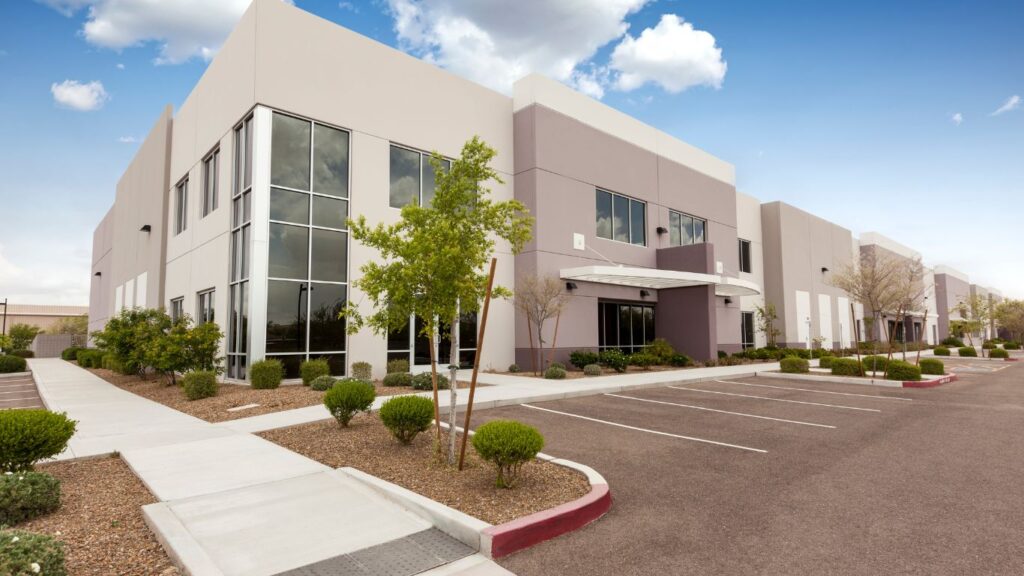In today’s rapidly evolving construction landscape, the traditional brick-and-mortar approach is giving way to innovative methods like prefabricated and modular construction. These techniques offer a myriad of benefits, but they are not without their challenges. Let’s delve into the fascinating world of construction, exploring the advantages and obstacles associated with prefabricated and modular construction.
Introduction
Definition of Prefabricated and Modular Construction
Prefabricated construction involves assembling components off-site, streamlining the building process. Modular construction takes it a step further, creating entire sections or modules that can be transported and assembled at the construction site. These methods have gained immense popularity for their efficiency and cost-effectiveness.
Growing Popularity in the Construction Industry
As the demand for faster and more sustainable construction solutions grows, prefabricated and modular construction methods have become increasingly prevalent. Their ability to reduce construction timelines and enhance quality control has sparked a revolution in the industry.
Benefits of Prefabricated Construction
Cost-Efficiency
One of the primary advantages of prefabricated construction is cost-efficiency. By shifting construction activities off-site, labor and material costs are optimized, resulting in significant savings for builders and clients alike.
Time-Saving Construction Process
Traditional construction can be time-consuming, subject to weather delays and on-site challenges. Prefabricated construction mitigates these issues, with simultaneous on-site and off-site work, drastically reducing project timelines.
Quality Control
Prefabrication allows for controlled manufacturing conditions, minimizing the impact of environmental factors on construction quality. This results in structures that often surpass traditional builds in terms of precision and durability.
Sustainable Practices
In an era where sustainability is a top priority, prefabricated construction shines. Reduced waste, energy efficiency, and the use of eco-friendly materials contribute to a greener construction process.
Challenges in Prefabricated Construction
Design Limitations
While prefabricated construction offers efficiency, some argue that it comes at the cost of design flexibility. The modular nature may limit intricate architectural designs common in traditional construction.
Transportation and Logistics
Moving large prefabricated components to the construction site can pose logistical challenges, especially for projects in remote or congested areas.
Limited Customization
Clients seeking highly customized designs may find prefabrication limiting. Striking a balance between efficiency and unique architectural requirements remains a challenge.
Perceptions and Misconceptions
Despite the advantages, prefabricated construction faces resistance due to misconceptions about quality, durability, and aesthetics. Educating stakeholders is crucial to overcoming these perception challenges.
Modular Construction: A Game-Changer
Understanding Modular Construction
Modular construction involves creating independent sections or modules in a factory setting, which are then transported to the construction site for assembly. This method provides an alternative to traditional building techniques.
Advantages Over Traditional Methods
Modular construction offers inherent advantages, including shorter construction times, reduced waste, and increased precision. The controlled factory environment ensures consistent quality throughout the project.
Versatility in Design
Contrary to the perception of limited design options, modular construction allows for a high degree of customization. The modules can be configured in various ways to meet specific architectural requirements.
Scalability
Modular construction is not limited to small-scale projects. Its scalability makes it suitable for a wide range of applications, from residential buildings to large commercial structures.
Overcoming Challenges in Prefabricated and Modular Construction
Technological Innovations
Advancements in technology, such as Building Information Modeling (BIM) and advanced manufacturing techniques, play a crucial role in overcoming challenges associated with prefabricated and modular construction.
Collaboration in the Construction Industry
Industry-wide collaboration is essential for addressing challenges. Architects, engineers, and manufacturers must work together to optimize designs and improve the efficiency of the entire construction process.
Addressing Perception Issues
Changing perceptions requires a concerted effort from the construction industry. Clear communication about the benefits, sustainability, and quality of prefabricated and modular construction can dispel myths and build trust.
Continuous Research and Development
Investment in research and development is key to pushing the boundaries of prefabricated and modular construction. Continuous improvement in materials, techniques, and processes will drive the industry forward.
Real-world Applications
Success Stories in Prefabricated Construction
Several success stories highlight the efficacy of prefabricated construction. Notable examples include the 30-story Ark Hotel in China, built in just 15 days, showcasing the speed and efficiency of prefabricated methods.
Notable Projects Utilizing Modular Construction
Modular construction has found its way into diverse projects, from residential buildings to healthcare facilities. The Marriott’s AC Hotel in Oklahoma City stands as a testament to the adaptability and quality achievable with modular construction.
Future Trends and Innovations
Integration of AI and Automation
The future of construction lies in the integration of artificial intelligence and automation. These technologies promise increased efficiency, safety, and precision in prefabricated and modular construction.
Advanced Materials in Construction
Innovative materials, such as self-healing concrete and sustainable composites, are poised to revolutionize construction. Their adoption in prefabricated and modular construction will further enhance the industry’s environmental footprint.
Enhanced Customization Options
Technological advancements will provide architects and builders with more tools for customization. Prefabricated and modular construction will evolve to offer even greater flexibility in meeting unique design requirements.
Conclusion
Summary of Benefits and Challenges
In summary, prefabricated and modular construction offer a host of benefits, including cost-efficiency, time savings, and sustainability. However, challenges such as design limitations and perception issues need to be addressed for widespread adoption.
The Future Outlook of Prefabricated and Modular Construction
As technology continues to advance and collaboration within the industry grows, the future of prefabricated and modular construction looks promising. The integration of innovative materials and customization options will further propel these methods into the mainstream. Visit
FAQs
How does prefabricated construction differ from traditional construction methods?
Prefabricated construction involves assembling components off-site, while traditional construction typically involves on-site assembly of building components. Prefabrication is known for its efficiency and cost-effectiveness.
Are there any notable examples of successful modular construction projects?
Yes, the 30-story Ark Hotel in China and the Marriott’s AC Hotel in Oklahoma City are exemplary projects showcasing the success of prefabricated and modular construction methods.
What role does sustainability play in prefabricated construction?
Prefabricated construction promotes sustainability through reduced waste, energy efficiency, and the use of eco-friendly materials, aligning with the growing focus on green building practices.
How can the construction industry address the perception issues associated with prefab and modular construction?
The construction industry can address perception issues by educating stakeholders about the benefits, sustainability, and quality of prefabricated and modular construction, backed by successful case studies.
What are the potential challenges in scaling up modular construction projects?
Scaling up modular construction projects may face challenges related to transportation logistics, project customization, and overcoming traditional construction mindsets. However, technological advancements and industry collaboration can help overcome these challenges.






